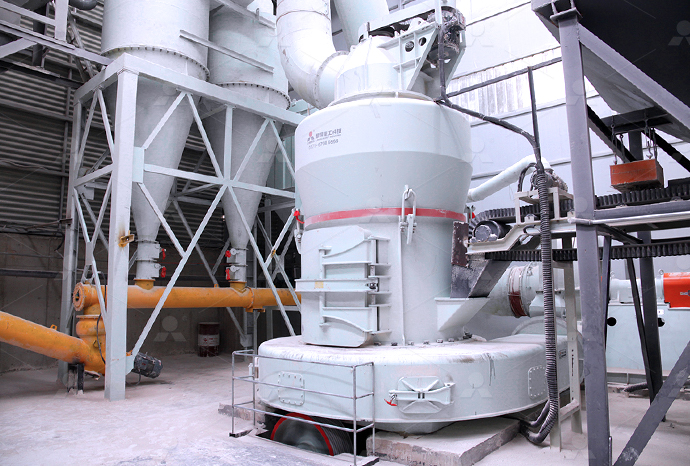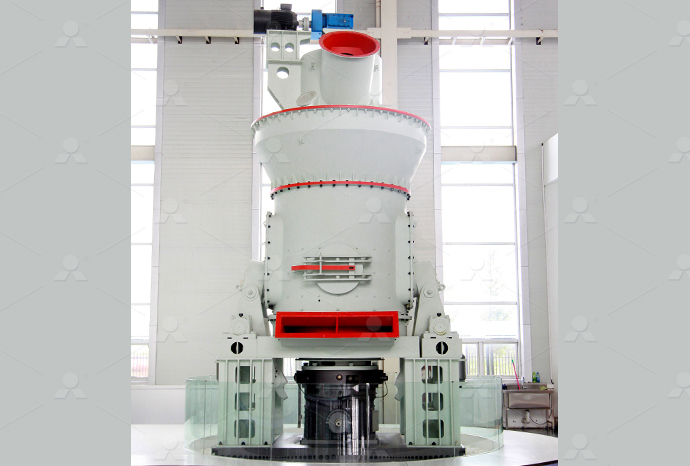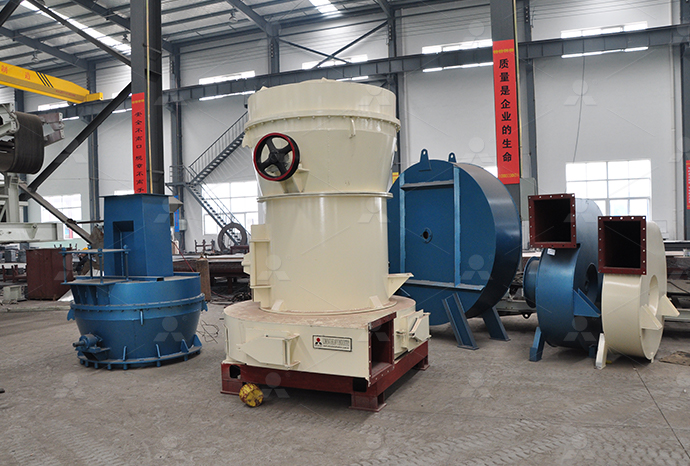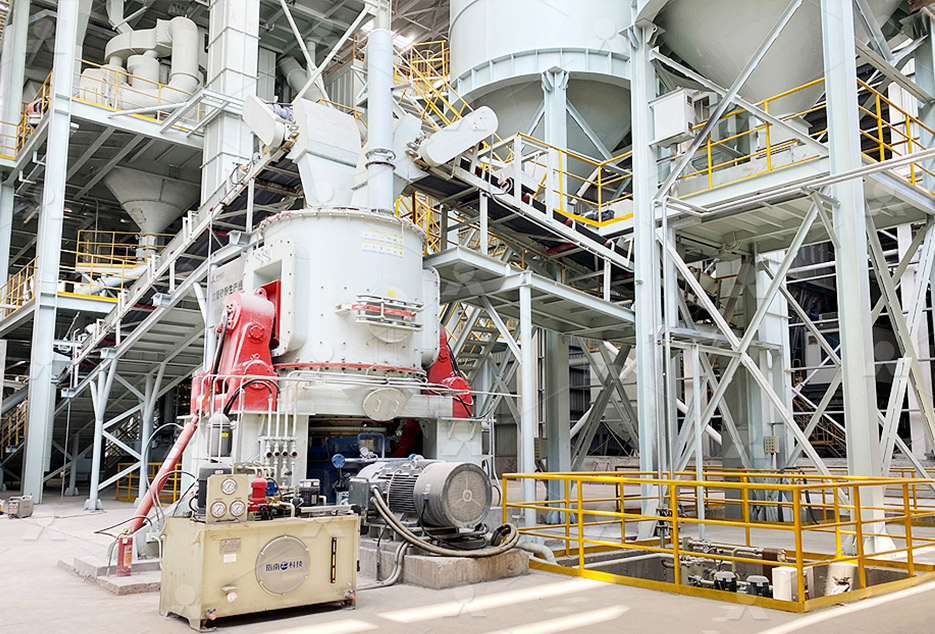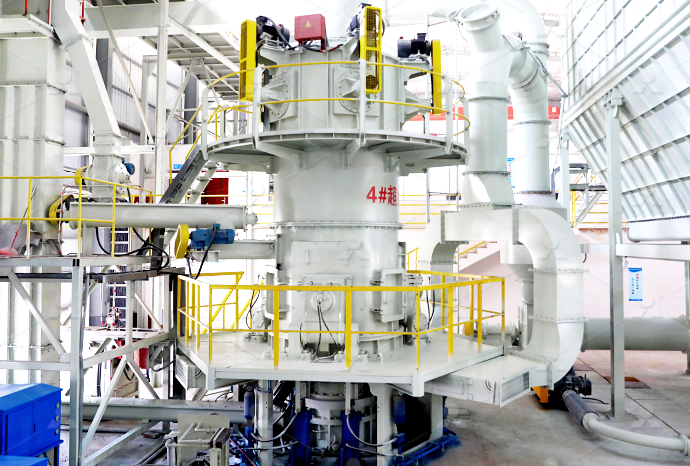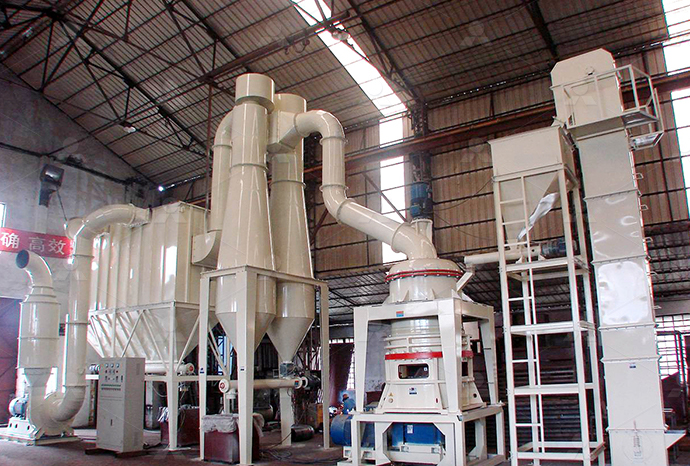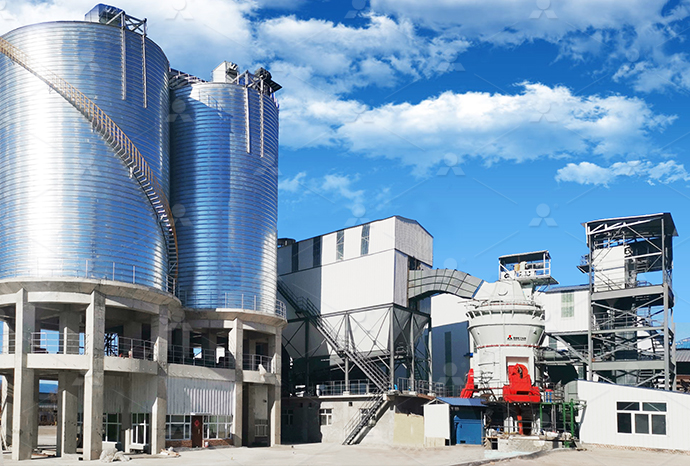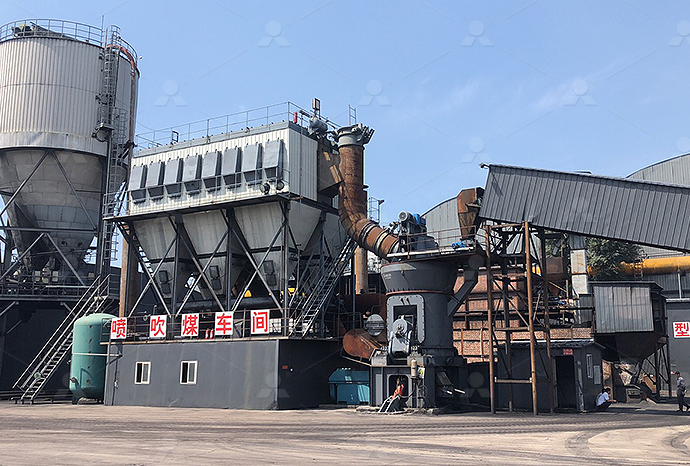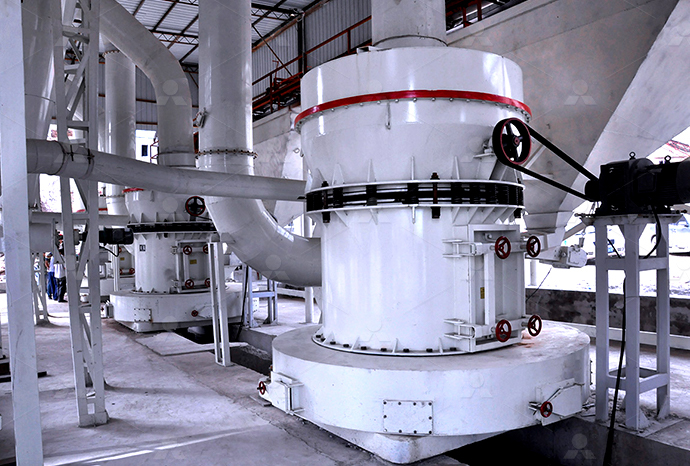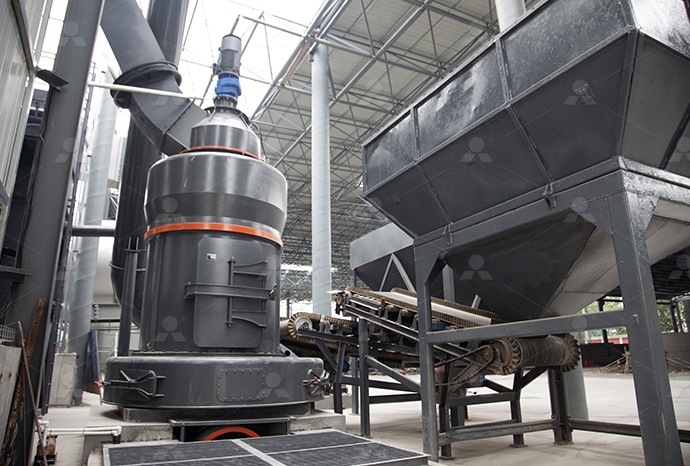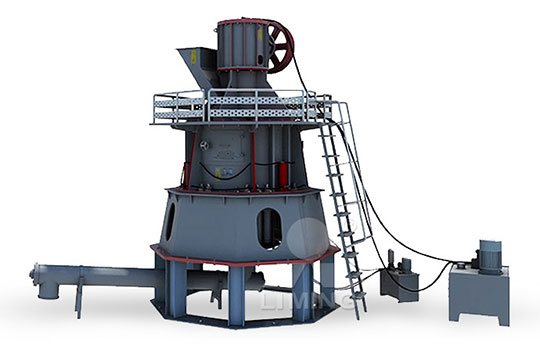
Introduction to construction waste quicklime limestone process
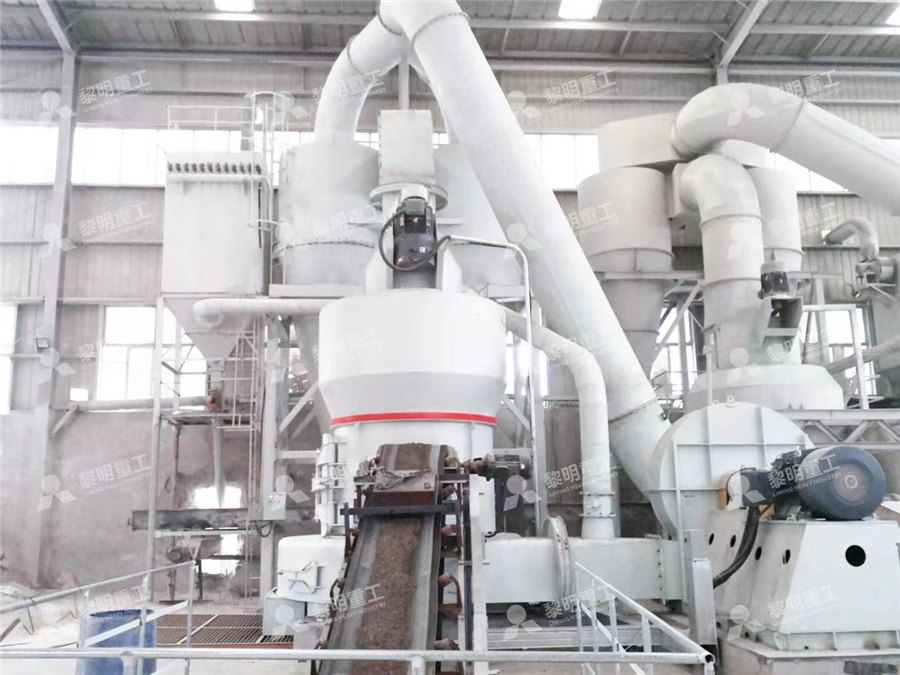
Lime An Introduction
Hydrated lime is produced by adding water to quicklime in a process called 'hydration' or 'slaking', where the calcium oxide and water combine chemically to form calcium hydroxide Limestone 1998年5月14日 Summary This chapter contains sections titled: Introduction Principles of Lime Burning Development of Lime Kilns Modern Kilns Selection of Lime Kilns Kiln Control Mass Production of Quicklime Lime and Limestone Wiley Online Library2015年4月1日 Quicklime is formed during the calcination of limestone Hydrated lime results from subsequent hydration of quicklime where required Lime has been innovatively Lime in the limelight ScienceDirect2021年3月3日 The process of limestone thermal decomposition into quicklime and carbon dioxide is termed calcination of limestone or simply calcination It refers to a reaction wherein Lime SpringerLink
.jpg)
Lime and its Production
Limestone (Calcium Carbonate – CaCO3) is burnt in a kiln giving off Carbon Dioxide (CO2) gas and forming Calcium Oxide (CaO) which is commonly known as Quicklime or Lumplime It Explore the properties, production, and applications of Calcium Oxide (quicklime), including its role in construction, steel production, and safety measures Calcium Oxide (CaO), commonly Calcium Oxide Formula, Properties ApplicationQuicklime can be processed into hydrated lime by crushing the quicklime, adding water to the crushed lime (water accounts for approximately 1% of raw hydrate), and then classifying the How Lime is Madeof limestone production exist: quarryin stone from an identified and unearthed geologic deposit Differences in the particular quarrying techniques used often stems from variations in the Limestone Quarrying and Processing: A LifeCycle Inventory
.jpg)
HOW TO CALCULATE EFFICIENCY OF YOUR LIME BURNING
So, in simple terms, if the process were carried out with 1 tonne of limestone which was pure calcium carbonate, it should produce 560 kg of quicklime And if 180 kg (approximately 180 Pure lime, or quicklime, is calcium oxide Its ease of manufacture and chemical properties make it an important industrial chemical Lime has a long history dating from the earliest of times Its Lime – a timetested chemical — Science Learning HubThe building construction process is a complex but highly coordinated endeavor It represents a remarkable collaboration of various professionals, each bringing their expertise to contribute to creating the built environment that forms the Chapter 1 – Introduction – Building Construction and 2023年7月19日 Quicklime is sometimes used to stabilize soil in construction projects, for example in road and building foundations Quicklime is used in industrial waste treatment to neutralize acidic or contaminated wastewater by LIME: Everything you need to know to get started
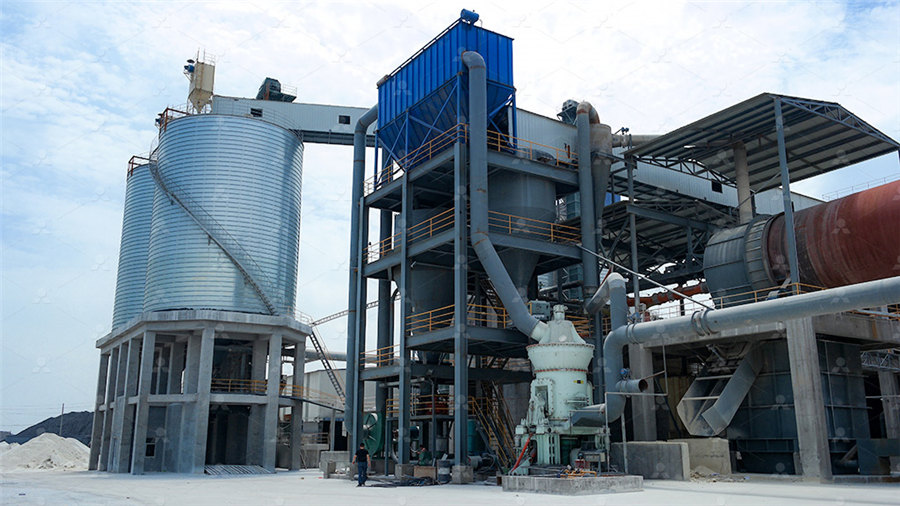
Applications of Quicklime Hydrated Lime
If limestone is heated to a temperature in excess of about 800 Co, carbon dioxide is driven off and what remains is quicklime, calcium oxide Limestone decomposes into quicklime and carbon dioxide: CaCO3> CaO + CO2 by weight 100 > 56 + 44 The process is called ‘calcination’ If calcination is carried out correctly the lumps of quicklime2024年2月27日 Quicklime is produced through the thermal processing of limestone in industrial kilns During quarry operations, fine particulate quarry dust adheres to limestone lump surfaces, increasing the bulk concentration of impurities in limestone products During thermal processing in a kiln, impurities such as Si, Mg, Al, Fe, and Mn react with Ca, reducing quicklime product qualityImpact of Limestone Surface Impurities on Quicklime Product 2024年8月11日 Keywords: Construction Waste Management, Sustainable Construction, Waste Reduction Techniques, Building Information Modeling (BIM), Recycling and Reuse Discover the world's research 25+ million (PDF) Effective waste management in construction: Techniques Keywords: Calcination; Ashaka limestone; Quicklime yield; Optimization 1 Introduction Ashaka limestone deposit is located in Funakaye Local Gov ernment Area of Gombe State, Nigeria Its usage has not been sufficiently diversified Effective application of the limestone will depend on the level of its modification (treatment/processing)Production of quicklime from Ashaka limestone through calcination process
.jpg)
Applications of Quicklime Hydrated Lime
If limestone is heated to a temperature over about 800 Co, carbon dioxide is driven off and what remains is quicklime, calcium oxide Limestone decomposes into quicklime and carbon dioxide: CaCO 3> CaO + CO 2 by weight 100 > 56 + 44 The process is called ‘calcination’2024年1月23日 Construction: Manufacturing bricks, blocks, and other elements for building walls, floors, and structures Road Construction: Used as a base material and filler for roads, providing stable support Cement Production: Crucial raw material in cement preparation, obtained through the calcination process to produce quicklimeLimestone crushing and screening production line introductionQuicklime is used in a wide variety of applications, including the manufacture of iron and steel, the manufacture of paper and pulp, the treatment of water and flue gases and the mining industry In the basic oxygen steelmaking (BOS) process, quicklime Quicklime Preparation, Properties, and Applications with FAQsWhen we thermally decompose calcium carbonate, frequently referred to as limestone, one of the products is carbon dioxide This product is usually released as waste The other product, calcium oxide, is also known as quicklime Quicklime has a variety of usesLesson Video: Limestone Nagwa
.jpg)
Coal ash and limestone interactions in quicklime production
2021年9月15日 Effects from ashforming elements on process performance have previously been discussed for cementproducing rotary kilns [7], [8], [9] and lime mud reburning kilns [10], and indications show that ashforming elements are part of the ring formation in quicklimeproducing rotary kilns [11]Ashforming elements, such as Si, Al, Fe and S, common in coal 2022年1月1日 The generation, recycling, composting, combustion with energy recovery, and landfilling of MSW have all changed dramatically over the last few decades []From under 10% of produced MSW in 1980 to 350% in 2017, the Introduction to Solid Waste Management SpringerLink2019年4月19日 Quicklime (CaO), obtained by the thermal decomposition of calcium carbonate, has been used as an essential binder in the production of mortar and plasters for a long time []Moreover, it has applications in environmental, metallurgical, construction, and industrial fields [2,3,4,5,6]In the industrial and environmental fields, the applications of quicklime obtained Calcination characteristics of oyster shells and their comparison 2024年6月23日 Production Process of QuickLime The production process of Quick Lime, also known as Calcium Oxide, involves high temperatures and chemical reactions Here’s a breakdown of how this super substance is made: Calcination: The extracted limestone is then heated in a kiln at temperatures exceeding 900°CQuickLime 101: Everything About This Super Substance ZME
.jpg)
Recycling Waste Seashells to Produce Calcitic Lime:
2018年2月16日 Abstract The present work aimed at valorizing marine bivalve shells First, clam, mussel, edible cockle, wedge, razor, oyster, dog cockle and scallop shells wastes were thoroughly characterised for their mineralogical, chemical and thermal properties Then, the materials were calcined at 1000 °C, milled and sieved to lower than 0250 mm The obtained calcium oxide Solidification of waste excavation clay using reactive magnesia, quicklime, sodium carbonate and earlyage oven curing Shaoqin Ruana,b, Shuang Liangb, Gediminas Kastiukasb,c,⇑, Weiping Zhud Solidification of waste excavation clay using reactive magnesia Chapter 1 ♦ Introduction to Concrete 3 Water and waste management 9% Streets and highways 30% Utilities 4% Other public works 3% Nonconstruction (eg oil well) 6% Farm construction 4% Commercial buildings 16% Public buildings 2% Residential buildings 26% Figure 18 A (PCA 2015) Figure 16 () All other 55% Other* 10%Introduction to Concrete Portland Cement AssociationIf limestone is heated to a temperature in excess of about 800 Co, carbon dioxide is driven off and what remains is quicklime, calcium oxide Limestone decomposes into quicklime and carbon dioxide: CaCO3> CaO + CO2 by weight 100 > 56 + 44 The process is called ‘calcination’ If calcination is carried out correctly the lumps of quicklimeApplications of Quicklime Hydrated Lime
.jpg)
Research on Selective Laser Sintering Process of Limestone
2022年5月9日 Limestone, which is calcium carbonate (CaCO 3), is a widely used inorganic nonmetallic materialIt can be processed into gravel to be used as construction aggregate, calcined to produce quicklime, or processed into powder to be used as industrial raw materials (Ref 1,2,3)At present, the reuse of limestone tailings from mines to produce powder has become a way to 2022年2月1日 Decomposing limestone (CaCO 3) into quicklime (burnt limestone; CaO) releases significant CO 2 emissions, both from the combustion of fuel needed to heat the kiln to temperatures over 1,000°C, and by the release of CO 2 from the reaction itself (CaCO 3 → CaO + CO 2)Because quicklime is a key ingredient in the production of cement, as well as being Reducing the carbon footprint of quicklime production2023年9月11日 This process, known as calcination, results in a substance that is caustic and reactive Quicklime has a strong affinity for water, a property that leads to One of the most significant applications of quicklime is in the construction industry When mixed with Introduction : Limestone, a sedimentary ro Continue reading 06 Quicklime (CaO): Unveiling Its Properties and Diverse ApplicationsAt its core, the primary function of a lime kiln is to convert limestone (calcium carbonate) into quicklime (calcium oxide) through a process called calcination This process is accomplished by subjecting limestone to high temperatures, usually between 900°C and 1100°C, within the kilnThe Transformation Process within a Lime Kiln: Breaking It Down
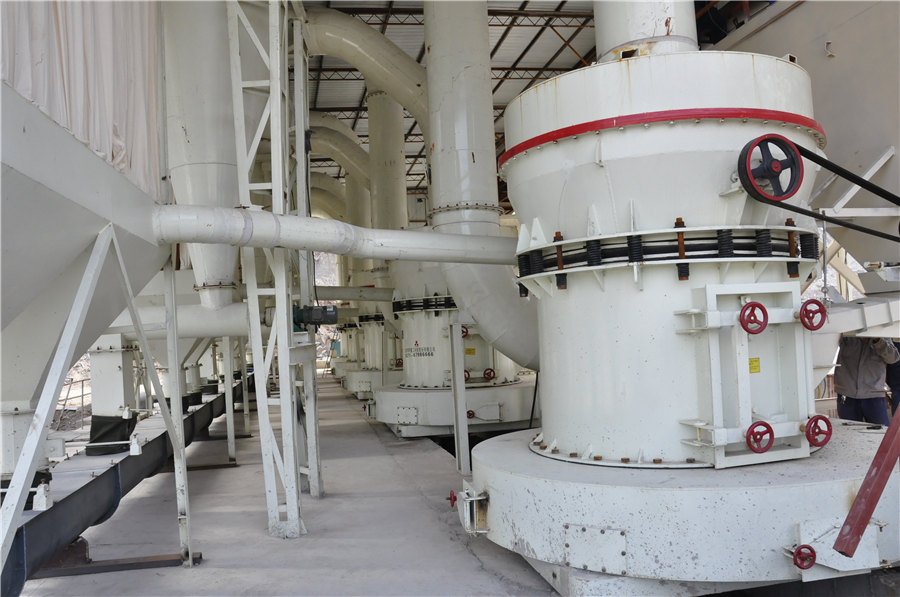
Calcium Oxide Formula, Properties Application
Explore the properties, production, and applications of Calcium Oxide (quicklime), including its role in construction, steel production, and safety measures Introduction to Calcium Oxide Calcium Oxide (CaO), commonly known as quicklime or burnt lime, is a widely used chemical compound with a crystalline, white appearance2023年10月11日 Throughout the process, quality control measures and precise instrumentation are utilized to ensure the quicklime produced is a consistent, highquality product Quicklime is a widely used chemical compound used in a variety of markets that surround our everyday life such as construction, environmental, oil and gas and industrial processesQuick Lime Preparation, Properties and Uses Hebei Yayang 2013年3月3日 Unless stored in a completely sealed container, it will quickly begin to react with the elements of the environment and start the process of turning back into limestone Quicklime is so unstable (and unsafe to have around) that it should be slaked processed into the next form) as soon as possible, preferably right after burningUnderstanding Lime: an introduction to forms of lime andAfter the limestone rocks are processed, they are transported to a lime kiln for calcination This is the process where the limestone is heated to a temperature above 1,472ºF for decarbonation, ie, removal of carbon dioxide in gaseous form, to produce quicklime Almost half of the limestone’s weight is lost as carbon dioxideWhat is Quicklime and How is it Made? Science Struck
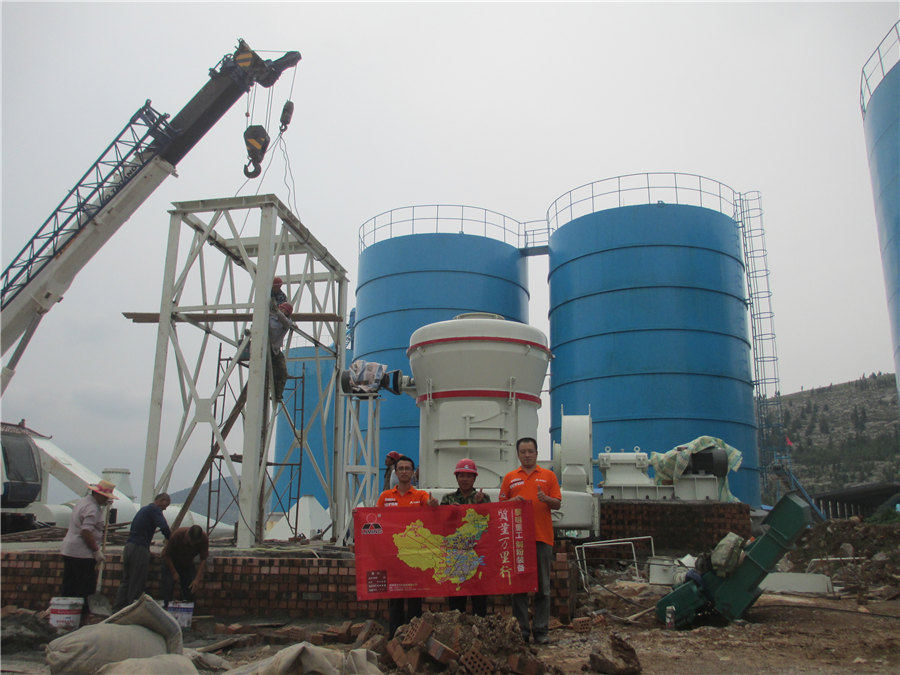
General Introduction of Construction and Demolition Waste
2017年1月1日 It is traditionally recognized that construction and demolition (CD) waste is the debris generated during the construction, renovation, and demolition of buildings, roads, and bridges, such as 2023年2月10日 Quicklime, also known as calcium oxide (CaO), is a white or gray powder that is created by heating limestone to a high temperature, typically above 900°C (1652°F) This process, known as What Is Quicklime And How Does It Work? MediumThe practice of burning limestone to produce quicklime is, almost literally, as old as the hills In terms of basic chemistry and materials, the process involves the conversion of calcium carbonate, CaCO 3, to the more useful calcium oxide, CaO Calcium oxide is a very reactive substanceHow to Calculate the Energy Efficiency of your Lime Burning Process2023年10月27日 Quicklime is an alkaline substance produced from heating limestone in specialized kilns Humans have used quicklime since antiquity for construction, agriculture and metalwork applications It is still used in all of these industries and more; there is a lot to learn about this substance It is Produced from Limestone Quicklime is used as a building material, Quicklime: A Primer
.jpg)
Introduction to Waste Management ResearchGate
Sustainability and Waste Management 3 Introduction to Waste Management Sustainability is deeply rooted within waste management as some consider it to be the basis2023年9月27日 Quicklime is a type of lime made by heating limestone at high temperatures This process removes carbon dioxide and leaves a white, vital substance called Quicklime It is essential to handle Quicklime with care to Discover the different types of Lime for your 17 quicklime (versus quicklime from limestone) and of 50% for eggshell hydrated lime (versus 18 hydrated lime from limestone) Eggshell limes were found to have adequate physicalchemicalTechnical and Environmental Performance of Eggshell Lime for Soil 2022年10月15日 Net CO 2 emissions from the production of quicklime can be reduced by introducing renewable solid fuels or sustainably produced electricity for heating of the process This paper reports the results of a study examining the effects of new heat sources on quicklime surface reaction products and on quicklime microstructureSolid biofuel combustion or electrification for limestone
.jpg)
Application of Quick Lime Hydrated Lime
If limestone is heated to a temperature in excess of about 800 Co, carbon dioxide is driven off and what remains is quicklime, calcium oxide Limestone decomposes into quicklime and carbon dioxide: CaCO3> CaO + CO2 by weight 100 > 56 + 44 The process is called ‘calcination’2019年8月1日 Request PDF An environmentfriendly process for limestone calcination with CO2 looping and recovery Lime production represents the second largest contributor to industrial CO2 emission in An environmentfriendly process for limestone calcination 2023年10月21日 Limestone is a sedimentary rock primarily composed of calcium carbonate (CaCO3) in the form of mineral calcite or aragoniteIt is one of the most common and widely distributed rocks on Earth, with a wide range of uses in various industries and natural settings Limestone forms through the accumulation and compaction of marine organisms, primarily the Limestone Types, Properties, Composition, Formation, Uses2020年10月1日 Solidification of waste excavation clay using reactive magnesia, quicklime, sodium carbonate and earlyage oven curing October 2020 Construction and Building Materials 258(12):Solidification of waste excavation clay using reactive magnesia
.jpg)
(PDF) The Effects of Limestone Characteristics and Calcination
2001年4月1日 This study has examined the effects of limestone characteristics (microstructure and texture) and calcination temperature on the reactivity of the produced quicklime Two types of limestone have Construction Waste Problems Waste material is a byproduct of human and industrial activity that has no residual value Need for Comprehensive construction waste management in every site Every personnel, from the management to the operational level should work for the goal of construction waste management Importance of RecyclingConstruction Wastes: Types, Causes, and Recycling Strategies



